
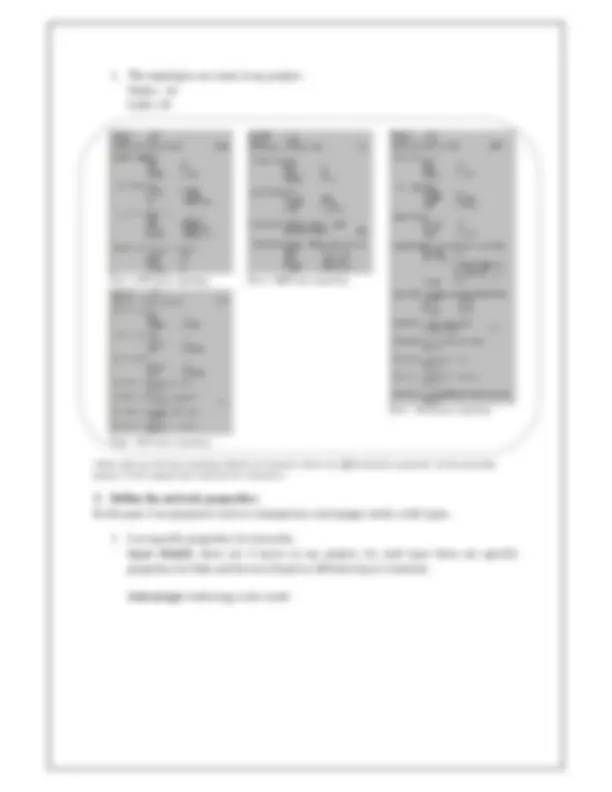
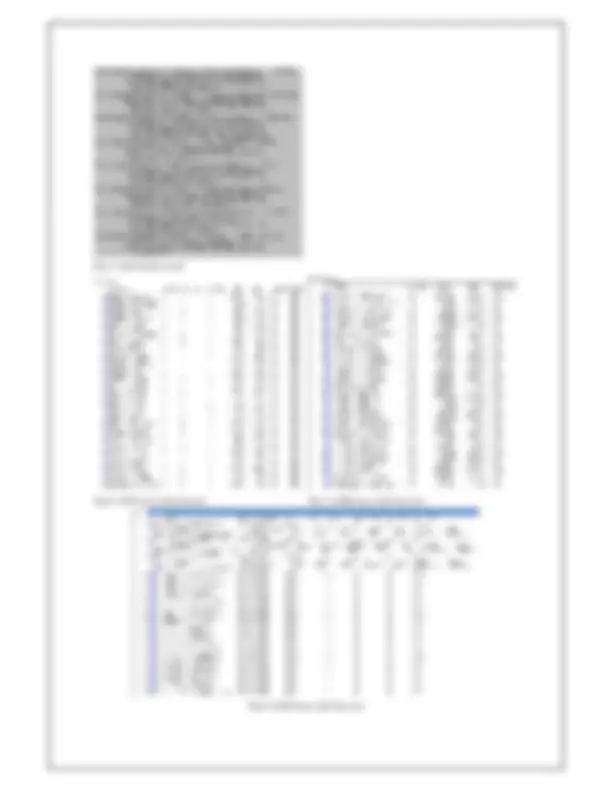
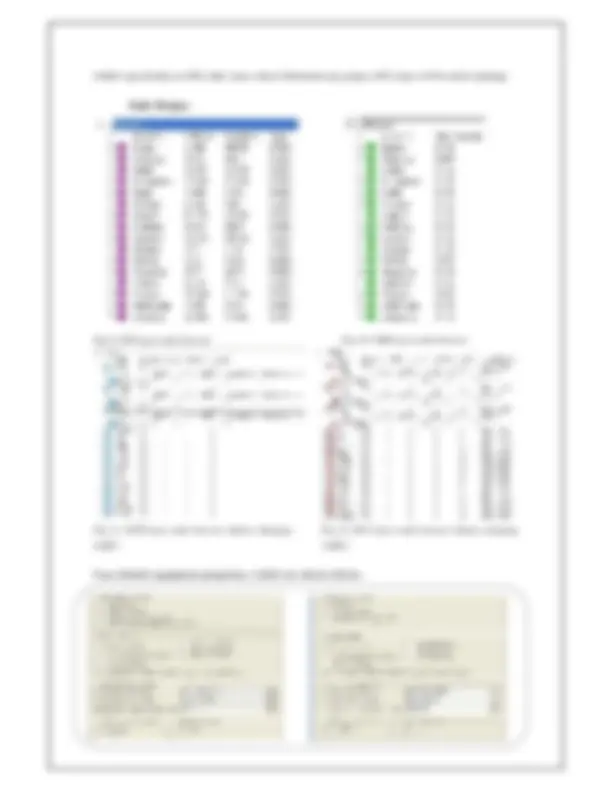
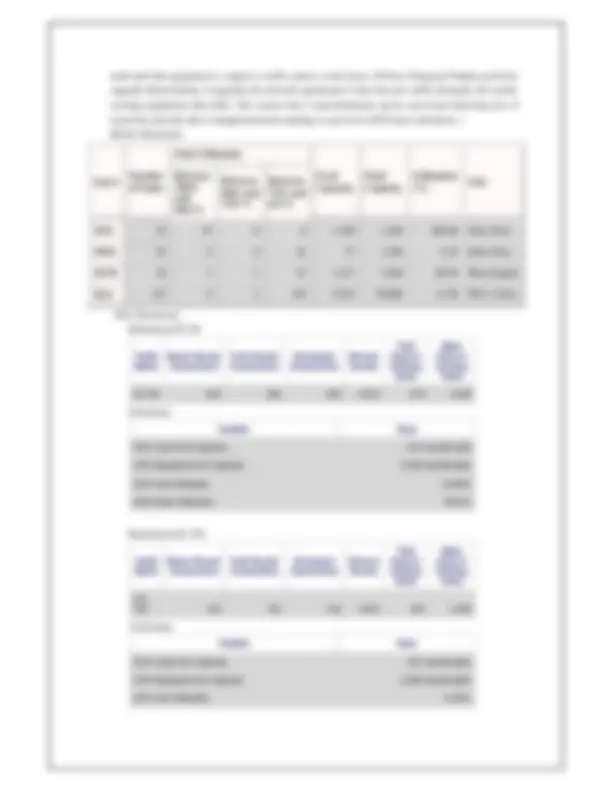
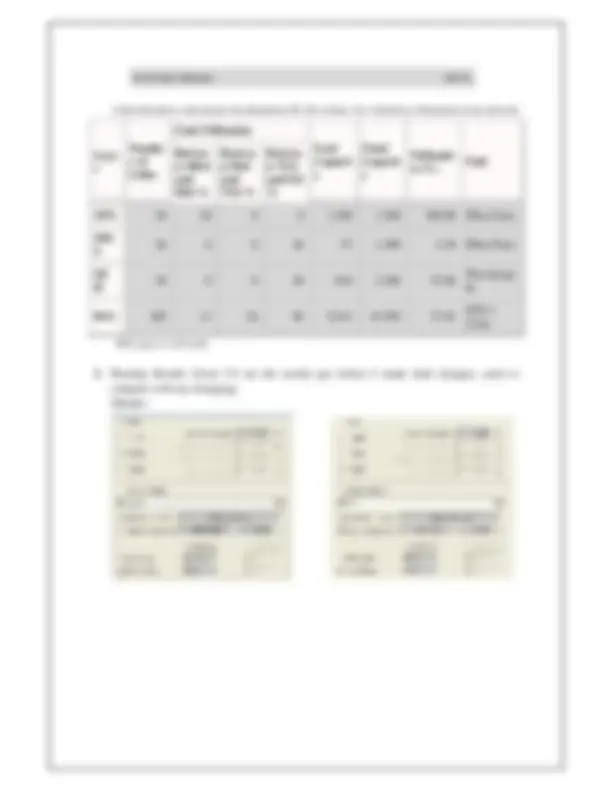
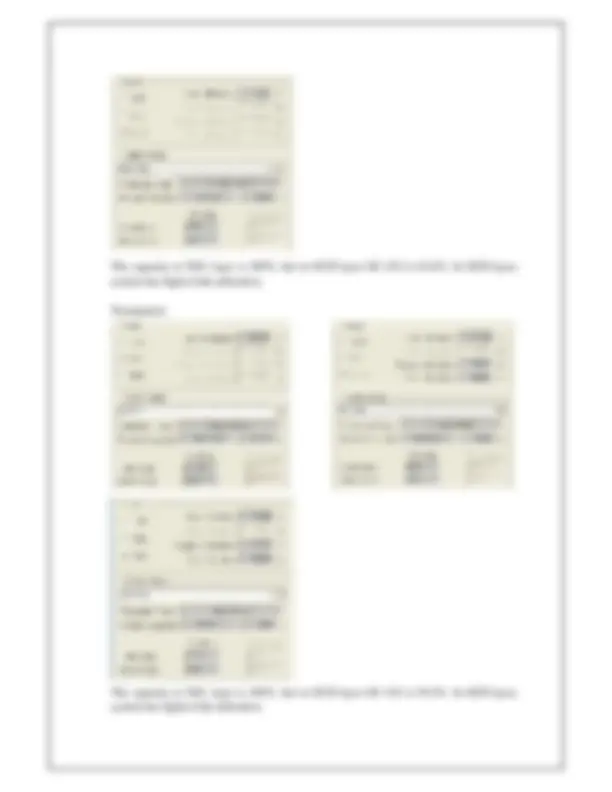
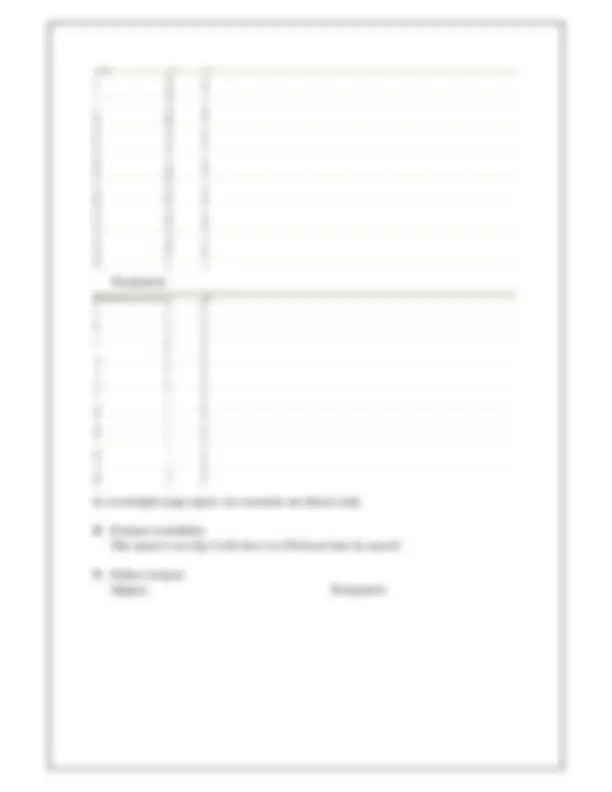
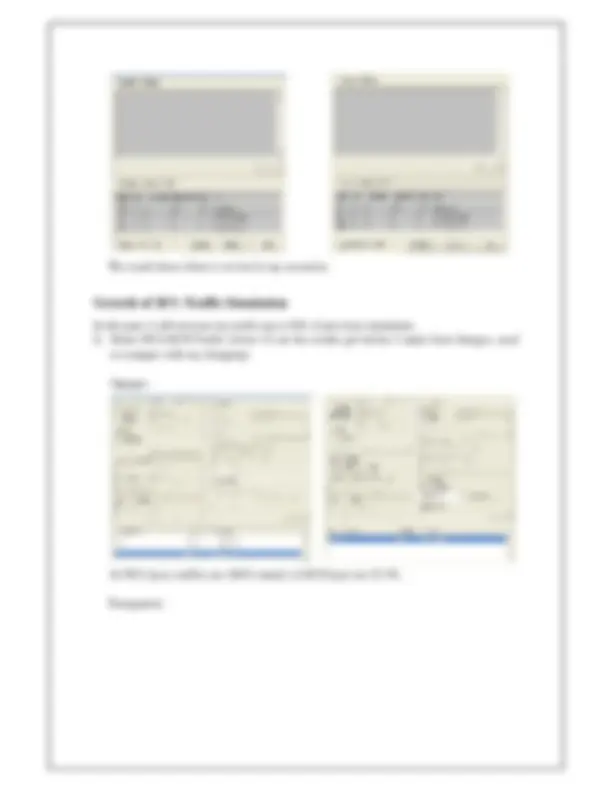
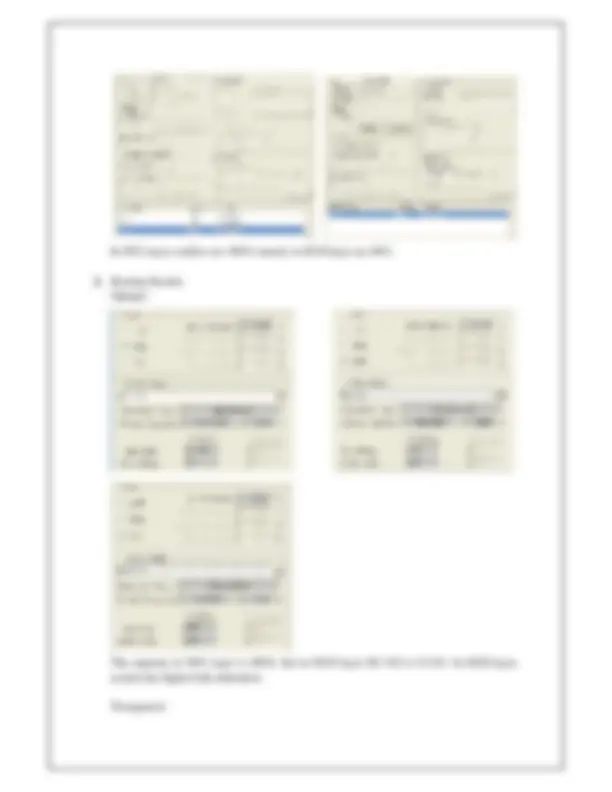
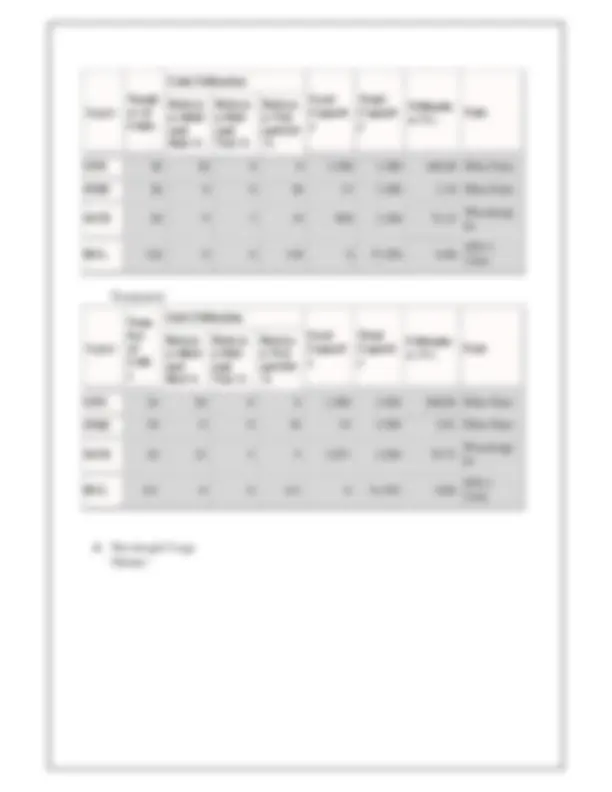
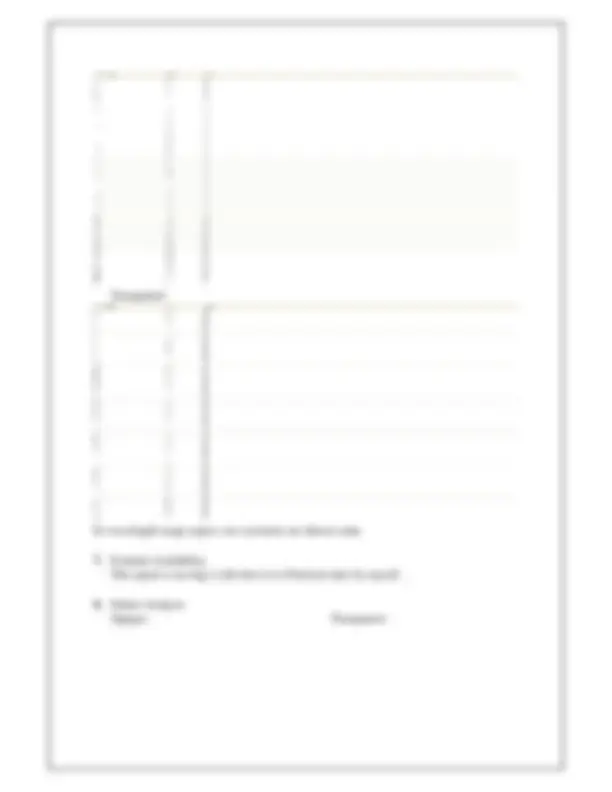
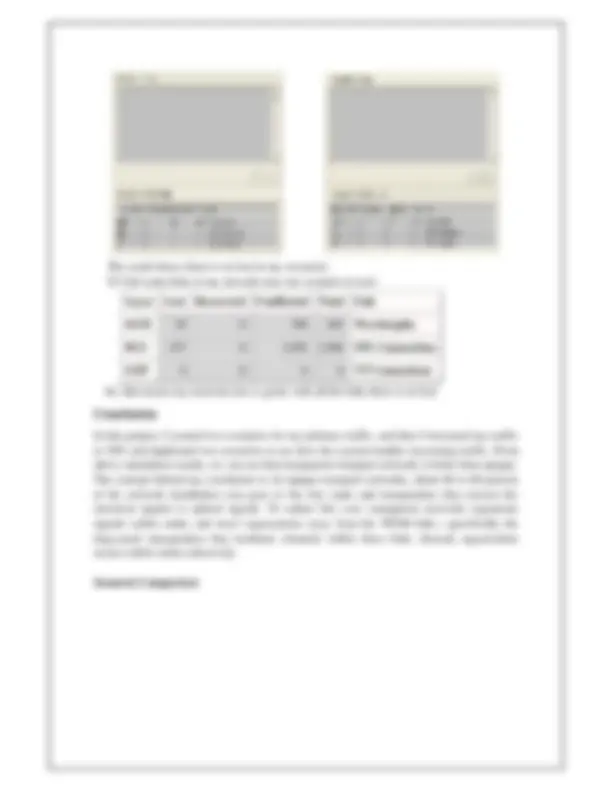
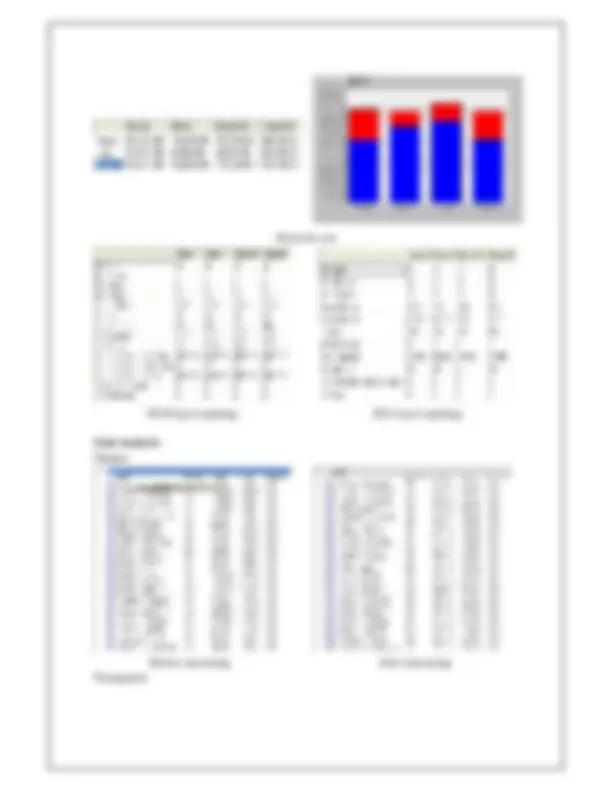
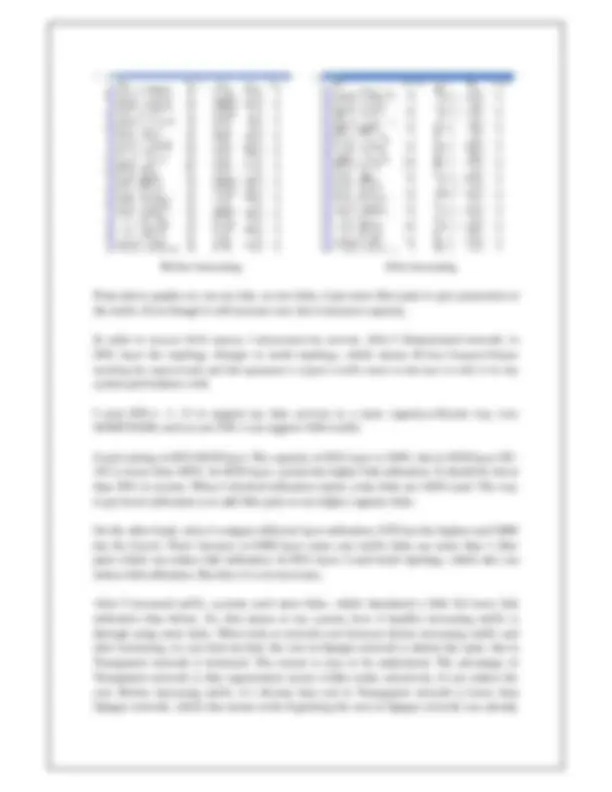
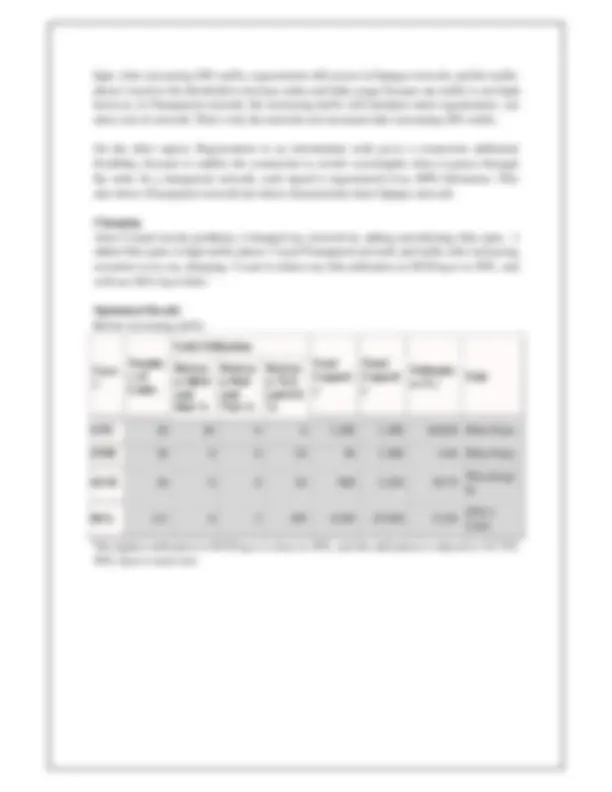
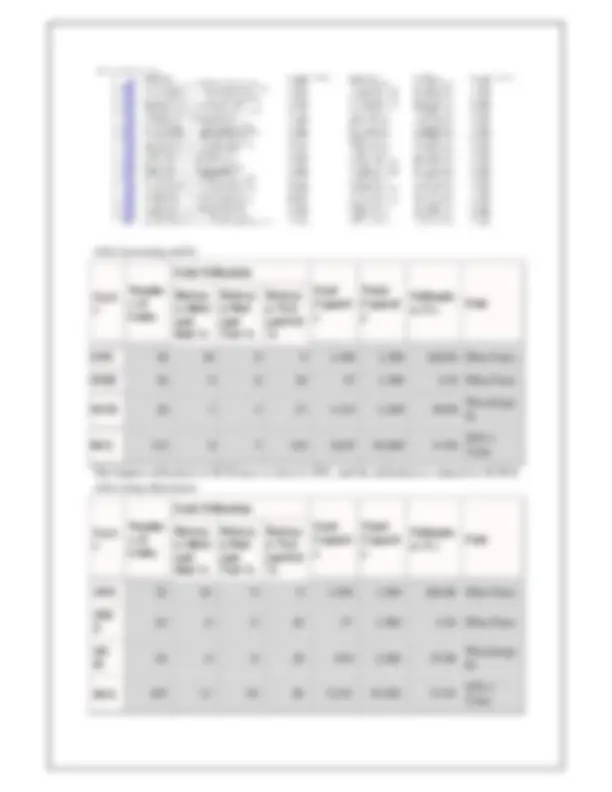
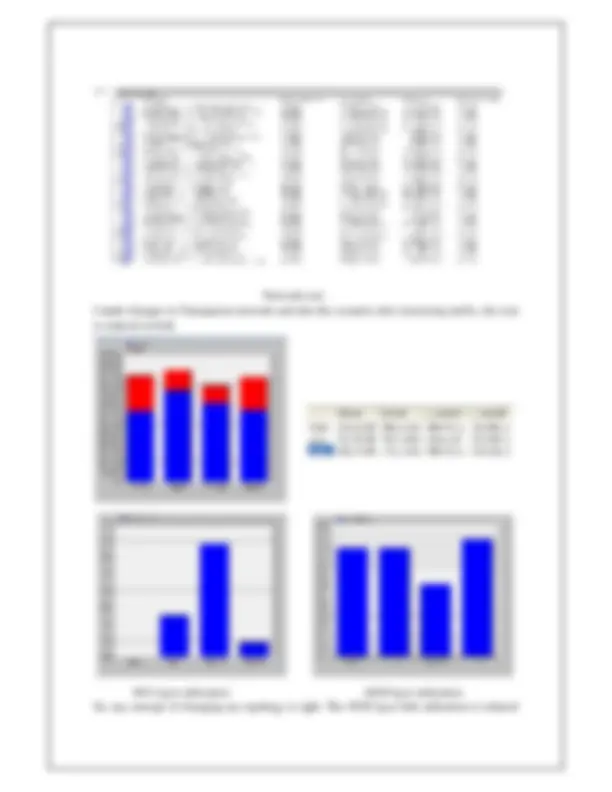
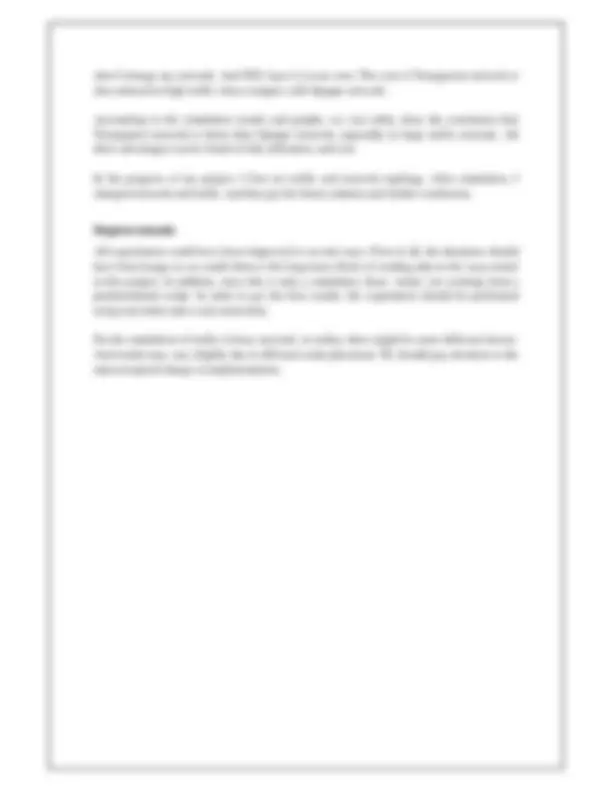


Study with the several resources on Docsity

Earn points by helping other students or get them with a premium plan


Prepare for your exams
Study with the several resources on Docsity

Earn points to download
Earn points by helping other students or get them with a premium plan
Community
Ask the community for help and clear up your study doubts
Discover the best universities in your country according to Docsity users
Free resources
Download our free guides on studying techniques, anxiety management strategies, and thesis advice from Docsity tutors
Material Type: Project; Professor: Fulle; Class: 0614 - Wan/lan Planning & Desgn; Subject: Telecommunications Engineering Tech; University: Rochester Institute of Technology; Term: Spring 2008;
Typology: Study Guides, Projects, Research
1 / 26

This page cannot be seen from the preview
Don't miss anything!



















4/24/
WAN/LAN Planing&Design Professor Ronald G. Fulle 0614.774. Due April 24, 2008
The purpose of this project is to design and develop a network, then to test different "what-if"
scenarios with varying topologies, traffic matrices, and configurations. Network I can use
reporting features to compare the results of different scenarios, and thereby determine the most effective and least costly network designs to meet future demands. To accomplish this
purpose I will create two baseline scenarios, both of them use the map of China. One is
transparent in OCH layer, and the other is opaque in OCH layer. The networks must be robust,
optimal design. The function of two scenarios is to implement communication through whole country area. They represent one worldwide big telecommunication company named QL
Communication Corporation, Ltd. All these requirements decide my topologies and network
performance. In the end of this project, I will compare two scenarios, and give the answer of which one is better.
This project was completed by using software SP Guru Transport Planner 14.0, Educational
Version by OPNET Technologies, Inc.
Baseline Scenarios
1. Create one new project with two scenarios
First step, I created two scenarios of my project, the topology is based on the Map of China, as our company provides nationwide communication of China.
Scenario 1—China (Transparent) Scenario 2— China (Opaque) Name: Nationwide Communication of China Name: Nationwide Communication of China
Network Topology: Network Topology:
2. Define the network topology
Fig 5- link design result
Fig 6- OTS layer link browser Fig 7- OMS layer link browser
Fig 8- OCH layer link browser
I didn’t specifically set DCL link. Later, when I dimension my project, DCL layer will be mesh topology.
Node Design:
Fig 9- OTS layer node browser Fig 10- OMS layer node browser
Fig 11- OCH layer node browser (before changing Fig 12- DCL layer node browser (before changing
traffic) traffic)
I use default equipment properties, which are shown below:
In DCL layer, traffics are 100% routed, in OCH layer are 59.5%. Transparent:
In DCL layer, traffics are 100% routed, in OCH layer are 63.6%. The result of my project:
Fig 13- DCL layer logical link
2. Dimension DCL/OCH Layer When you dimension a network at a network layer, SP Guru Transport Planner installs the required
node and link equipment to support a traffic matrix at that layer. SP Guru Transport Planner performs upgrade dimensioning: it upgrades the network equipment to meet the new traffic demands, but retains existing equipment and traffic. The reason why I used dimension can be seen from following test: (I tested the network after I changed network topology to get lower OCH layer utilization. ) Before dimension:
Layer Numberof Links
Link Utilization
Used Capacity
Total Capacity
Utilization (%) Unit
**Between
and 90.0 %**
Between 90.0 and 75.0 %
Between 75.0 and 0.0 %
OTS 26 26 0 0 1,300 1,300 100.00 Fiber Pairs
OMS 26 0 0 26 57 1,300 4.38 Fiber Pairs
OCH 26 3 1 22 1,117 2,280 48.99 Wavelengths
DCL^115 0 5 110 4,625^ 38,880^ 11.90^ STS-1 Units
After dimension: Dimension OC-
Traffic Matrix
Newly Routed Connections
Total Routed Connections
Demanded Connections
Percent Routed
Total Hops of Working Paths
Mean Hops of Working Paths OC-48 322 322 322 100.0 818 2. Utilization Variable Value OCH Used Link Capacity 818 wavelengths OCH Equipped Link Capacity 2,280 wavelengths OCH Link Utilization 35.88% OCH Node Utilization 100.0%
Dimension OC-
Traffic Matrix
Newly Routed Connections
Total Routed Connections
Demanded Connections
Percent Routed
Total Hops of Working Paths
Mean Hops of Working Paths OC- 192 122 122 122 100.0 297 2. Utilization Variable Value OCH Used Link Capacity 297 wavelengths OCH Equipped Link Capacity 2,280 wavelengths OCH Link Utilization 13.03%
The capacity in DCL layer is 100%, but in OCH layer OC-192 is 63.6%. In OCH layer,
system has higher link utilization.
Transparent:
The capacity in DCL layer is 100%, but in OCH layer OC-192 is 59.5%. In OCH layer, system has higher link utilization.
4. Traffic Variation Opaque:
OC-192 performances better than OC-48 here. Transparent:
OC-192 performances better than OC-48 here.
5. Network Cost
Opaque: Transparent:
Transparent:
In wavelength usage aspect, two scenarios are almost same.
8. Evaluate Availability
This report is too big; I will show it to Professor later by myself.
9. Failure Analysis
Opaque: Transparent:
The result shows there is no lost in my scenarios.
In this part, I will increase my traffic up to 20% of previous simulation.
1. Route DCL/OCH Traffic (from 1-8 are the results got before I made final changes, used
to compare with my changing)
Opaque:
In DCL layer, traffics are 100% routed, in OCH layer are 53.4%.
Transparent:
The capacity in DCL layer is 100%, but in OCH layer OC-192 is 68%. In OCH layer, system has higher link utilization.
3. Traffic Variation
Opaque:
OC-192 performances better than OC-48 here. Transparent:
OC-192 performances better than OC-48 here.
4. Network Cost
Opaque: Transparent:
5. Link Utilization per Layer Opaque:
Transparent:
In wavelength usage aspect, two scenarios are almost same.
7. Evaluate Availability This report is too big; I will show it to Professor later by myself. 8. Failure Analysis Opaque: Transparent:
The result shows there is no lost in my scenarios. If I fail some links in my network (use one scenario to test):
Layer Lost Recovered Unaffected Total Unit
OCH 45 0 399 444 Wavelengths
DCL 157 0 1,691 1,848 STS Connections
LOP 0 0 0 0 VT Connections
So, that means my network now is good, with all the links there is no lost.
In this project, I created two scenarios for my primary traffic, and then I increased my traffic
to 20% and duplicated two scenarios to see how the system handles increasing traffic. From above simulation results, we can see that transparent transport network is better than opaque.
The concept behind my conclusion is: In opaque transport networks, about 60 to 80 percent
of the network installation cost goes to the line cards and transponders that convert the electrical signals to optical signals. To reduce this cost, transparent networks regenerate
signals within nodes and move regeneration away from the WDM links—specifically the
long-reach transponders that terminate channels within these links. Instead, regeneration occurs within nodes selectively.
Scenario Comparison